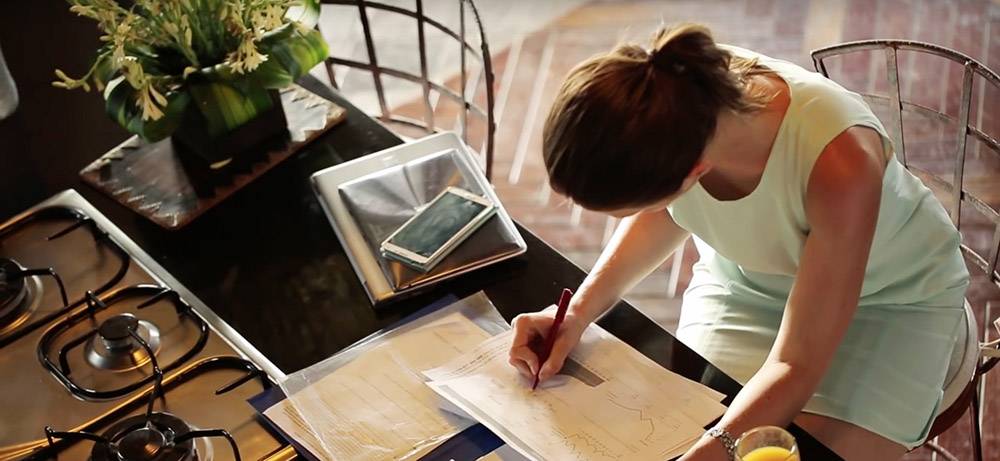
Your Website is an online brochure for your business.
Does it make sense to risk your first impression on a beginner at design?
[source: Inc Magazine] It’s no secret that hiring a Web design team can be expensive, so if you’re still in the early stages of your business, it’s incredibly tempting to want to take a stab at designing your own Website. People do it all the time and find success, so why can’t you?
Unfortunately, the mistakes you can make when taking the DIY approach to your site can severely impact its performance.
Top DIY Mistakes When Designing a Website
1. Poor site structure and navigation
A novice designer will often choose templates and themes purely on the basis of how they look. Unfortunately, some of the prettiest of these are also the most confusing when it comes to navigation, and this is bad for both your SEO and your UX. When you create a site yourself, navigation is actually considered one of the hardest aspects to get right.
2. Slow-loading Website
According to a KISSmetrics infographic, 40 percent of people will abandon a Webpage if it doesn’t load within three seconds. Design and graphics are almost always the cause of a slow Website. If your designer doesn’t have experience with compressing images, limiting server calls, or using caching, the speed of your site will undoubtedly suffer. A professional knows how to manage all aspects of Website development to ensure the page speed and loading times are user friendly.
3. Failing to weigh the importance of the user and business needs
The look and feel of the Website you have might be wonderful, but does it accomplish your business goals? Too often designers fail to ensure there are clear calls to action on a site that make it simple for visitors to know exactly what you want them to do. Do you want them to call, fill out a form, purchase something? Each of those outcomes requires different design principles. Failing to incorporate them can lead to few to zero sales. Understand your target audience, and make sure you are offering them what they are looking for.
4. Not thinking about both users and Google
Interestingly enough, companies usually focus too much on Google and not enough on their audience, or vice versa. Part of Web design is setting up a site that is optimized for both parties. It’s much easier to worry about optimization as you’re building the design (navigation and images being a huge part of this) rather than later; if you miss the boat, you will likely lose out on traffic at some point.
5. Forgetting about mobile
If you do get yourself through the struggles of designing your own Website, and it looks good, everything is running smoothly, everything is updated, your users are happy, etc., you then have to move to mobile, which is a whole other animal. Creating a Web design for mobile offers an entirely new set of design and SEO challenges. You may have a different audience; you have to worry about screen size, clickable link size, fonts, images for mobile, and more. Google also just rolled out a new mobile algorithm, which makes mobile an even more important part of the puzzle for small businesses.
In the end, a DIY Web design approach can work; you just have to be aware of some of the common mistakes and really think about where you see your company in a few years. In most cases, spending the money now to have a great Website that is ready for growth and draws in your readers is going to be well worth it in the long run, as opposed to creating your site yourself and having to make changes later.
